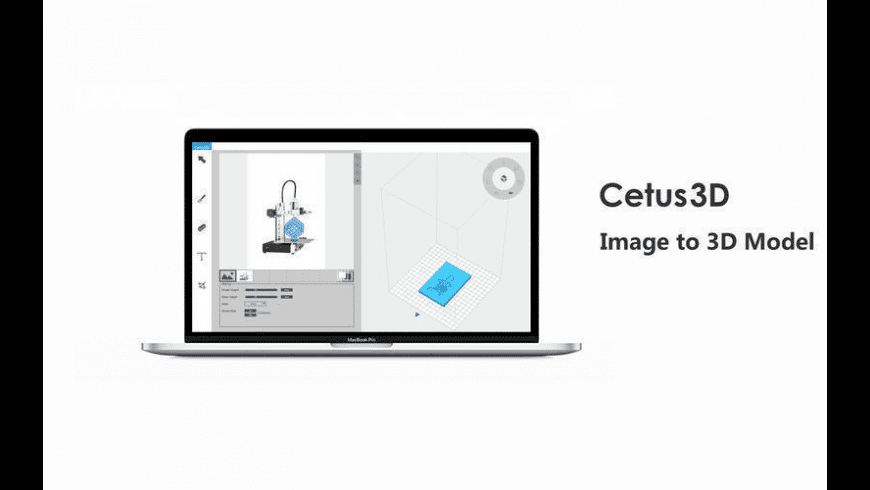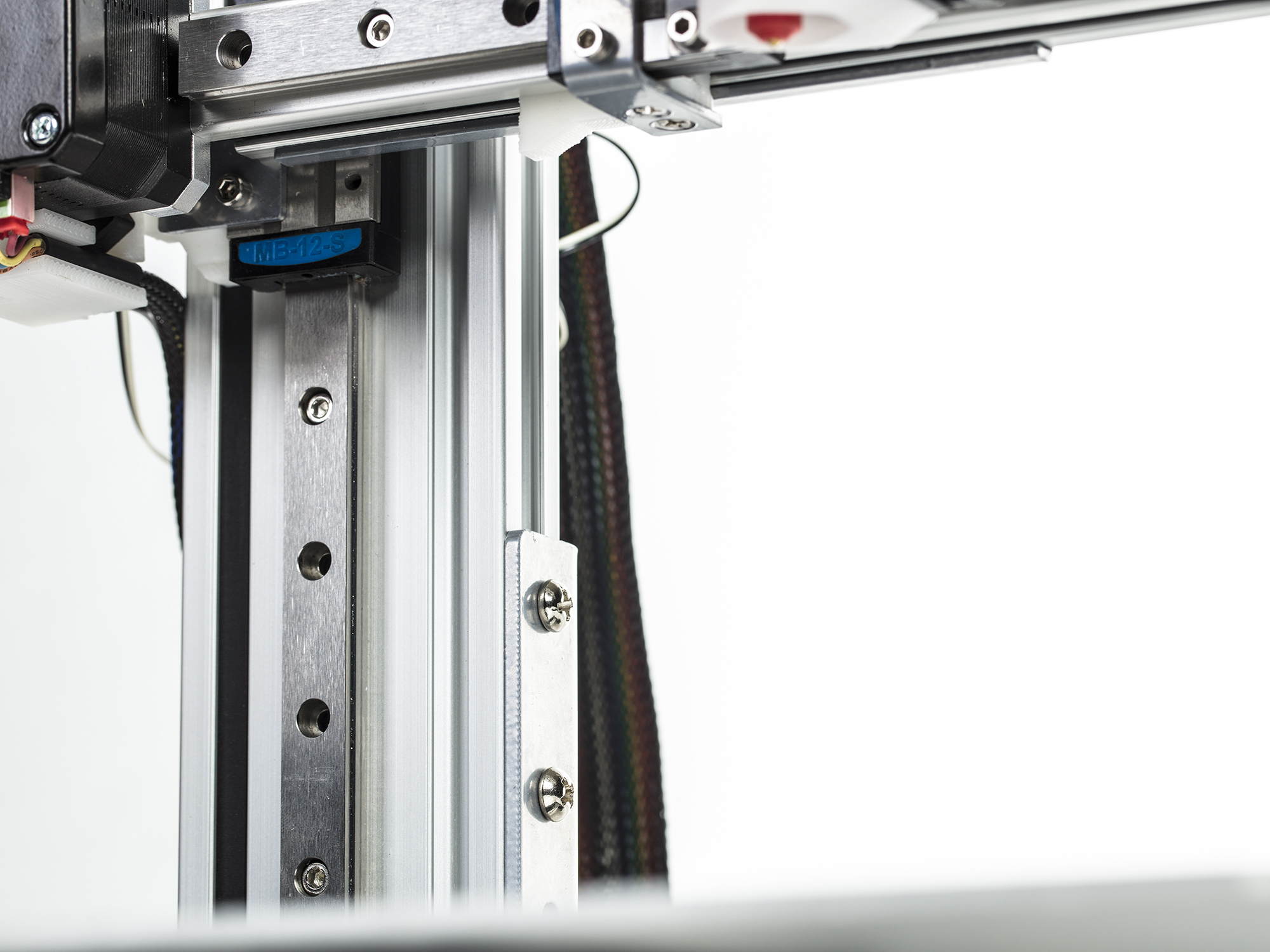

I tried drawing this out but couldn't get the geometry to work for the size of box I wanted and I didn't know how I'd make the thin wire hinge pieces rigid enough. I thought it would be useful for the acrylic door to open upwards and out of the way, and I remembered something I'd seen several years ago on (one of my favourite websites, please take a look, especially if you're interested in woodworking) This clever mechanism allows the front half of the box to flip up and over to sit on top of the back half of the box. I came across this of posts and liked the overall shape of the enclosure with the angled front. I wanted to make something a bit more interesting than just a simple box with a door on the front so I searched online for ideas. I decided to design the enclosure so that it can be easily lifted off the printer for maintenance if needed, so the panels of the enclosure must be rigid enough without a base panel.

Even though it made the overall dimensions bigger and may make filament changes slightly more fiddly I decided to have the filament inside to keep it dust-free as well, many 3D printer enclosures only enclose the printer and not the filament.
CALIBRATE CETUS3D SOFTWARE
The first thing I did was I measured the printer and filament holder, I used the axis calibration tools in the Cetus software to move the x, y & z axes fully to get a maximum size envelope, then modelled it in CAD to use as a 'dummy' component. Not be expensive - I didn't exactly set a budget for the project, and I had some of the materials already, but if it costs many hundreds of pounds I may as well just buy a more expensive printer which is already enclosed. Look good - What's the point in making something that doesn't look good! Storage for 3D printing tools and paraphernalia - This would save me constantly having to find the cardboard box where I currently keep the scraper, spare nozzles, etc. Temperature regulation - Although I haven't noticed a need for this for anything I've printed yet, it can't hurt and might be useful if I attempt printing with other materials. Also all the beeps are very loud, although I printed one of these which helps with that. Noise reduction - The fan noise is quite annoying during a long print, and on the Cetus 3D printer the fan is always running when the printer is powered on, even when it's not printing.

Be compact - I have an old office filing cabinet in my room which would be ideal for storing the printer on. Be easy to open to access the printer - It mustn't be awkward to remove parts, change filament, change extruder etc. Provide a low dust environment - On my desk without any enclosure the printer quickly gets dusty and is fiddly to clean.
CALIBRATE CETUS3D FREE
All of these are free to use and can be found at the end of this Instructable.Īfter searching photos online I sketched a few ideas but before I jumped into the detailed design I came up with a list of what I wanted from my new enclosure: stl files for all the 3D printed parts and schematics for the electronic parts. I made engineering drawings to help with making each part and for easy assembly. I researched a few different designs online but couldn't find anything that was quite what I wanted so designed my own. I decided the best solution was store the printer in a zero-gravity vacuum chamber, but as I couldn't afford that I instead decided to build a simple enclosure. The printer is loud, not ridiculously loud but enough to be annoying when I'm trying to watch YouTube on my laptop next to it. Like everything in my house the printer quickly gets covered in dust, which doesn't really affect the function of the printer but doesn't look very nice and it's a fiddle to clean all the small parts. The extruder head drops when the printer loses power, everyone with a Cetus mkI knows this and in June 2017 an official fix was released which solves it. Although I was very happy with the printer I've found a few things I wanted to improve: I've played with a few materials and found which work best for me and the printer (PLA for quick prototyping and PETG for more durable parts). Over the past year I've printed several useful items (and many useless ones). The Cetus seemed to bridge the gap between reasonable value and sensible quality. In May 2017 I bought a Cetus 3D printer, I'd wanted a 3D printer for a while but didn't want something that I'd spend more time fixing than using.


 0 kommentar(er)
0 kommentar(er)
